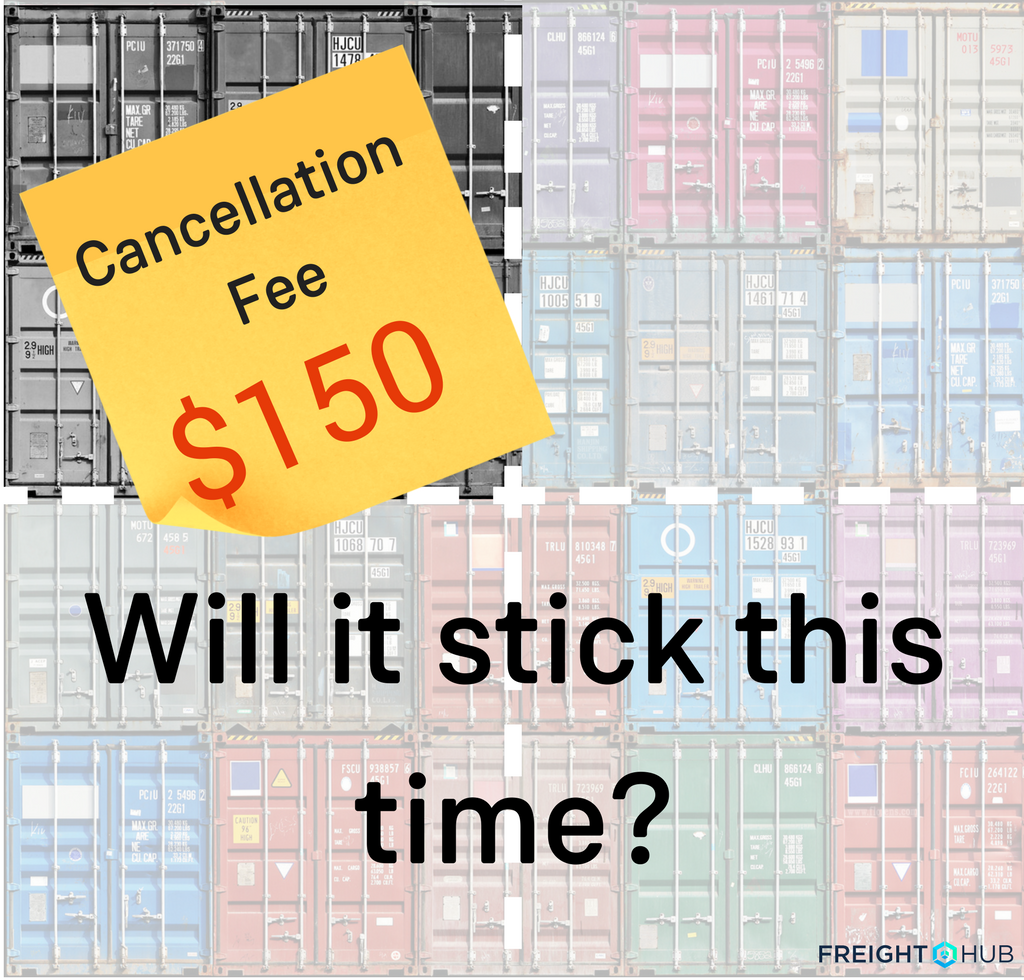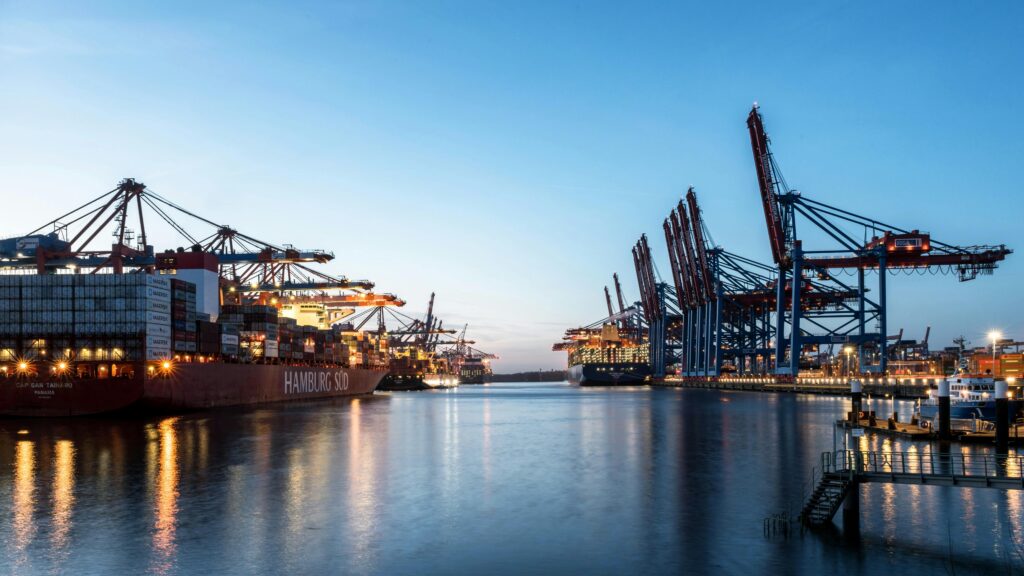-
CMA-CGM introduces a cancellation fee. Will other carriers follow?
-
Is the time right for such a fee?
-
Up to 50% of overbooked ships are due to cancellations
After a dismal 2016, CMA-CGM began 2017 on a high note by posting an $86 million net profit for first quarter compared to a $100 million loss a year earlier. What a difference a year makes, gains were due to its acquisition of APL and higher freight rates. Indeed, the company noted, “Although the shipping industry still faces strong headwinds, we are confident our strategy should allow us to improve operational results over the next quarters leveraging the new Ocean Alliance and maintaining our focus in operational efficiency and innovation.”
Despite the still uncertainty surrounding the ocean freight market, CMA-CGM announced effective June 1, a booking cancellation fee of $150 per TEU, excluding reefers, will be implemented on its North Europe – Europe – Middle East – India Subcontinental trade lane. According to a statement from the company, “it will enable the carrier to efficiently allocate space and equipment in order to guarantee our customers’ needs and requirements.”
Cancellation fees have been introduced by many carriers in the past and each time abandoned as shippers cry “foul” and refuse to pay. Consider the number of general rate increases (GRIs) that were introduced by carriers. How many of those rate increases actually held?
So, why does CMA-CGM believe a cancellation fee will stick this time? As carriers dig themselves out from a tumultuous 2016, is this really the right time to introduce such charges? Will they charge customers equally across the board from small to large, old and new?
What’s the big deal?
A last minute no-show or cancellation sets off a chain of events that can negatively impact the carrier’s bottom line further adding to the financial strains carriers face. It’s a vicious cycle and is directly correlated to over-capacity the market continues to be plagued by. As a result, carriers will overbook particular ships to account for anticipated ‘no-shows’. In fact, some carriers have commented that in order to protect themselves, they will overbook up to 50% of ships. So every container slot on the vessel 1.5 containers are booked.
Comments from the Journal of Commerce’s recent TPM conference note these frustrations:
- “For every four bookings we get, there are only three containers showing up. This creates all kinds of trouble for everyone. These are the types of things that drive costs up.” – Hapag-Lloyd CEO Rolf Habben Jansen.
- “The high level of booking cancellations is an industry problem. In Asia, 20% to 30% cancellations are the norm and is one of the key issues impacting our ability to deliver a reliable product to our customers.” – Maersk Asia-Pacific CEO Robbert Van Trooijen.
- “Shippers have a net-positive incentive to ‘downfall’ on a booking when offered a lower rate by a competing carrier; while carriers have a net-positive incentive to overbook vessels and either roll the excess bookings with the lowest rates or blank uneconomical sailings”. – Michael Erlich, professor of finance and economics at New Jersey Institute of Technology
Furthermore selling space back to carriers at higher rates is also a harsh reality. A shipper or forwarder, despite being under contract with a carrier resell capacity back to the carrier or elsewhere at a higher rate than originally negotiated per contract. In today’s environment, shippers and forwarders book with multiple carriers at one rate but then can possibly tell the carriers that they can only actually have the shipments if carriers agree to an alternate rate. Otherwise the carrier will have no- show containers.
Fixing the no-show problem
Fixing the no-show problem is a must in order to improve ocean carrier efficiency. The most likely way to reduce no-shows is for each carrier to impose penalties. However, this, combined with overbooking, tends to exacerbate the issue of rolled containers.
Enforcing no-show fines is difficult. One possibility is the upcoming launch of the New York Shipping Exchange (NYSHEX), an online cargo booking platform that will enable shippers, carriers and forwarders to buy and sell slot capacity in an online environment. Transactions over the exchange will be required to be fulfilled with penalties imposed for non-delivery on both sides.
To alleviate the number of no-shows, we at FreightHub believe that correct forecast of shipping requirements is important. It is important and necessary for both shippers and carriers to interact in a collaborative and efficient manner.
By collecting the right data from customers, accurate forecasts of what type/kind of capacity is needed can be accomplished and will lead to the reduction or even elimination of no-shows. As a digital forwarder, the technology behind FreightHub allows for carriers and shippers alike to collect and share data thus allowing for better forecasting requirements.
Still, despite carriers’ current appreciation of precise and timely forecasts, it remains to be seen if they appreciate it when the market turns into a sellers’ market. Nonetheless we stick to our agreements, we are willing to invest in the future because we are confident it will pay off.
Multiple proposed fees, surcharges and penalties have failed to be accepted, swallowed up by unfavorable (for carriers) supply and demand
— Peter Tirschwell (@PeterTirschwell) June 1, 2017
I am not sure even they believe it will be accepted this time; penalties and surcharges too often are subsumed by the basic negotiation
— Peter Tirschwell (@PeterTirschwell) June 3, 2017
Find out more and watch this 99 sec video below
Find out how we can help shippers and carriers efficiently move goods by visiting our website. While there, be sure to sign up for our newsletter as well as follow us on Twitter and LinkedIn for the latest industry news and thoughts.







